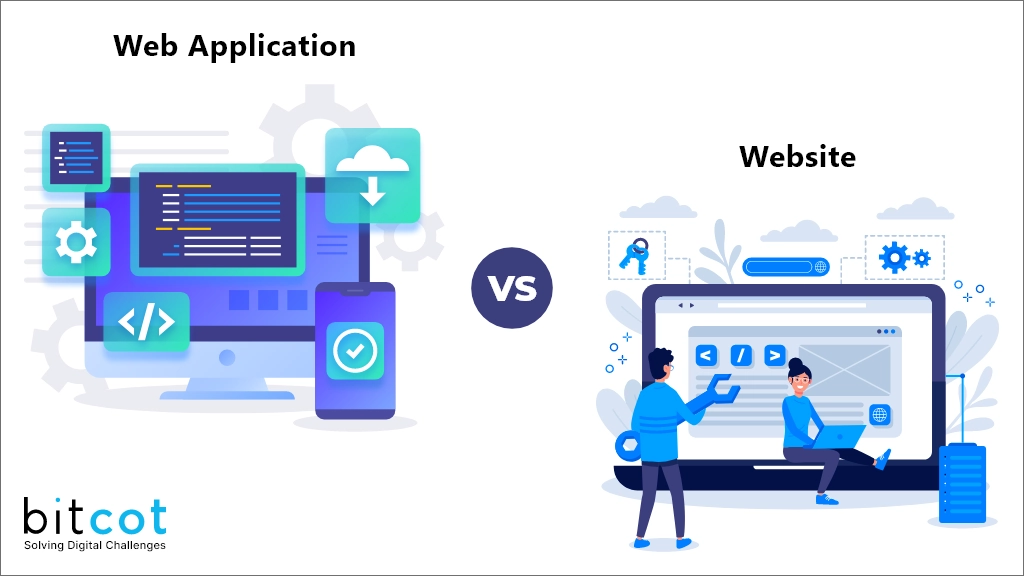
Node.js is an open-source, cross-platform, back-end JavaScript runtime environment that runs on the V8 engine and executes JavaScript code outside a web browser and is becoming more well-known in the industry as it becomes more popular in software development. As with any new technology, there are risks associated with Node JS development that must be closely examined and mitigated appropriately, especially regarding security concerns.
This blog post discusses some best practices for reducing risk factors in your nodeJS projects through common-sense advice like following secure coding principles and secure coding standards, separating production code from functional code, and avoiding the use of open source solutions or frameworks that have not been security audited by third parties. But, first, let’s see why security is important.
Why is Security Important?
Sticking with secure coding best practices helps ensure that your code is fault-tolerant and resistant to attacks. Secure coding principles and practices help avoid costly security breaches that can put an entire system or application at risk.
Poorly written code is subject to errors and bugs. These issues can be exploited by malicious hackers using penetration testing tools against the application, making it vulnerable to attacks by third parties. The quickest way to mitigate this risk is to follow secure coding principles and secure architectural best practices when developing nodeJS applications.
An Example of Security Vulnerability
Cross-Site Scripting (XSS) enables hackers to inject malicious client-side scripts into web pages viewed by other users.
Another example is Using default cookie names which is risky because attackers can easily identify and threaten your application.
How to Use Private Modules & Packages in NodeJS Development?
As with languages like Ruby or Python, where it is acceptable to include private code in a single file, a similar approach can be applied when using a node. Some users prefer to have modules and packages within their project located in subdirectories to stay organized. Within these modules and packages, developers can place non-public functions that are either still under development or vulnerable to bugs and errors but are not ready for inclusion in production code. To make sure that the code is secure, it should be placed in a packages folder outside the public directory.
Tips to Reduce Risks of Security Concerns with NodeJS Development

- Cross-Site Scripting
Cross-Site Scripting (XSS) is one of the most used techniques used by hackers. It enables the hackers to inject malicious client-side scripts into web pages viewed by other users, leading to data leaks. To prevent XSS attacks in Node.js, you can use output encoding techniques or tools such as Jade engine with built-in encoding frameworks. - Cross-Site Forgery Requests (CSFR)
CSRF attacks force end-users to execute unnecessary actions on authenticated web applications. CSRF can force state-changing requests like changing email addresses and then transferring funds. For administrative users, CSRF can compromise the entire web application. You can use Anti-Forgery Tokens like Anti-CSRF tokens are used to monitor and validate the authenticity of user requests and prevent one-click attacks. Also, there are middlewares recommended like csrf, which comes in handy to prevent such attacks. - Implement Strong Authentication
An incomplete, weak, or broken authentication system is another common vulnerability that may break the application. You can follow authentication solutions like OAuth and Firebase Author Okta. Implement strong authentication using HTTPS or also known as SSL, secure cookies, etc. Store passwords in a highly secure form in databases or other more advanced storing mediums and ensure that access is limited to those who should have access. Another thing you can consider is appropriate session handling policies. Ensure to execute 2FA authentication. If done appropriately, it can boost your app security a lot. - Proper Error Handling
Error handling is an important part of the application which many may ignore. There are a few things that need to be considered here while implementing error handling. Make sure it doesn’t return the full error object to the client. It can contain information you don’t want to expose, such as paths, another library in use, or perhaps even secrets. - Avoid Data and Memory Leaks
Data is the most vital part when it comes to interacting with the front-end with the back-end like nodeJS. Imagine you want to show only limited data in the front-end, but you send the request to fetch all data and then filter on the front-end. This way, you could have exposed data to the hackers as it is easily accessible via the browser developer console. This leads to data leaks. So make sure to Only send the data that’s required and encrypt the sensitive data. The memory leak is also one common problem which the developers face. It is basically the block of memory that is no longer required but stays, and it results in application performance due to memory shortage. There are tools available like Chrome DevTools that can diagnose memory leaks in Node.js applications via remote debugging. - Set Up Logging and Monitoring
Logging is essential for troubleshooting security incidents. Logs can be used to determine who caused a security incident and how and when the incident took place.
Logging can help in tracking the frequent crashes of applications. You can create a custom logger or logger library to implement logging in your application. - Protect your Development Environment
Because NodeJS is executed on the server, the same vulnerabilities that affect any server-side environment can be present within your code. Use secure coding practices and testing methodologies to ensure that you are avoiding security concerns. - Avoid Secret Information in Config Files
These types of files are often found in configuration areas that are used for production environments. These files are typically stored outside of version control, making it nearly impossible to track changes. Store as much information as possible in environment variables, giving you the ability to see, test, and change those values before deploying them. - Keep your Dependencies Up-to-Date with the Latest Security Patches
Many security issues arise from vulnerabilities found in third-party libraries (such as nodeJS modules) or from outdated versions of NodeJS itself. Keeping your dependencies up to date can help prevent these problems at a low cost and with minimal risk. - Implement HTTP Response Headers
The HTTP response headers can be used to control access to your application. You can avoid attacks by adding extra security-related HTTP headers to your app, such as X-CSRF-Token or X-XSS-Protection for validated authentication. The most common frameworks like CORS can enhance your API’s security but ponder utilizing modules like Helmet, which adds more headers for securing your app. - Enforce Access Control on Every Request
To protect against a range of security exploits, you should ensure that every request is controlled. This includes using proper authentication mechanisms to keep unauthorized users away from sensitive areas of your application. In case of repeated authentication failures, the mechanism should be there where admins are alerted when repeated failures and necessary actions can be taken to mitigate the attack.
Implement Access control rules and middlewares on the server-side. It reduces the possibility of manipulating access permissions from the client-side by cookies or JWT (JSON Web Token) authorization tokens.
Wrapping Up
NodeJS integrates the JavaScript language with the server and ensures that they can provide excellent performance at a low cost and make it easier for programmers to create a light, scalable, and cross-platform way to execute the application for their businesses.
As with any technology, there are risks associated with using NodeJS. Security issues that may compromise the integrity of your website or application are some of those risks. Still, they can be mitigated if you understand what techniques malicious individuals and organizations will use to target your software.
To protect against these security concerns, you should plan and follow best practices when developing your website or web application. Moreover, if you need any help with your NodeJS project, feel free to contact us. At BitCot, we make sure to use the best coding practices to give you the best NodeJS development.









